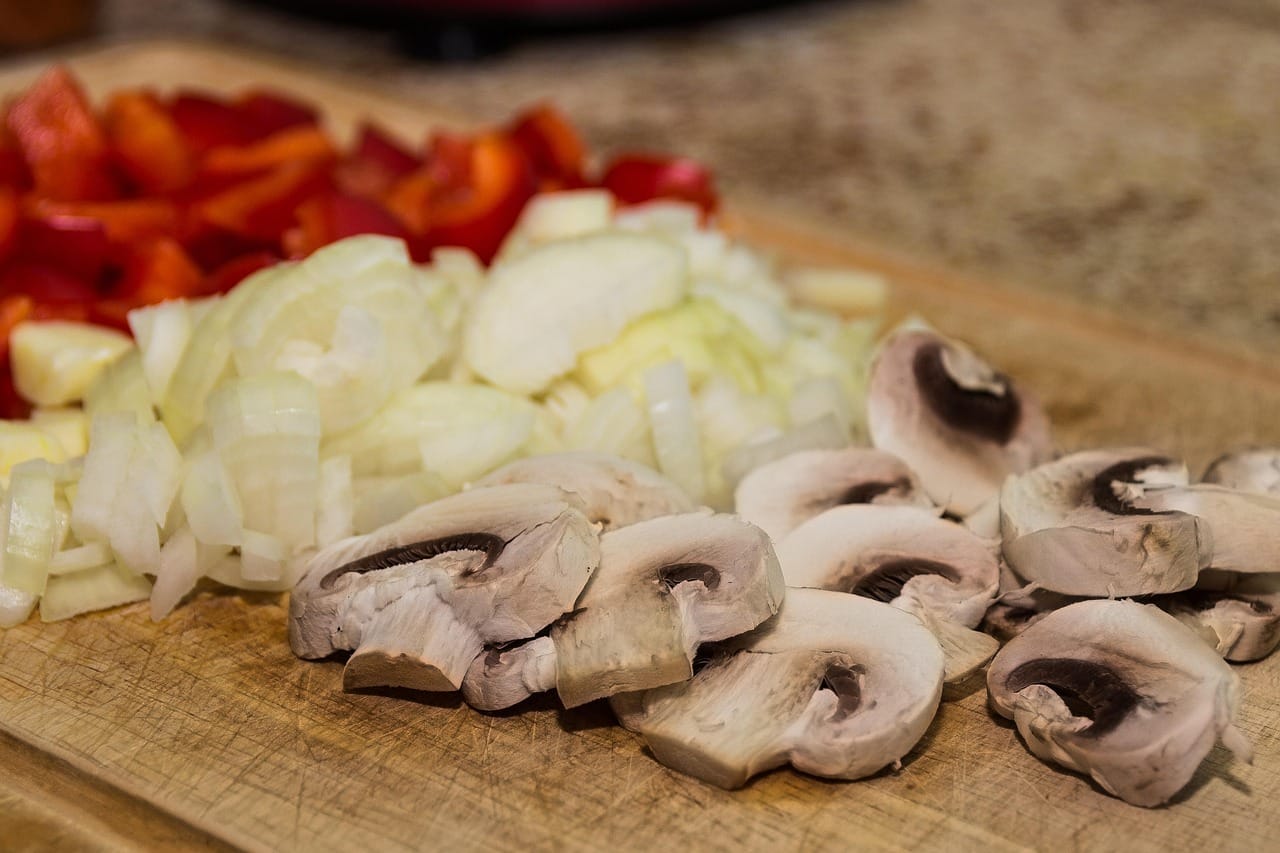Food heritage is more than just recipes passed down through generations; it’s a cultural tapestry woven with history, tradition, and community. It’s the story of our ancestors, the land they cultivated, and the flavors they cherished. Preserving and understanding our food heritage allows us to connect with our past, celebrate our present, and build a more sustainable future.
Understanding Food Heritage
What is Food Heritage?
Food heritage encompasses the culinary traditions, practices, ingredients, and knowledge systems associated with a particular region, community, or culture. It includes:
- Traditional Recipes: Dishes that have been prepared and passed down through generations.
- Local Ingredients: Foods native to a specific area and central to its cuisine.
- Farming Practices: Traditional methods of agriculture and food production.
- Cultural Significance: The role of food in festivals, rituals, and social gatherings.
- Food Knowledge: Understanding of food preservation, preparation techniques, and nutritional value.
It’s not just about the food itself, but also the stories, memories, and social connections that surround it. For example, a family’s secret recipe for apple pie might be more than just a dessert; it represents years of family gatherings and cherished moments.
Why is Food Heritage Important?
Preserving food heritage offers numerous benefits:
- Cultural Identity: It helps communities maintain their unique identity and sense of belonging.
- Tourism and Economic Development: It attracts tourists interested in authentic culinary experiences.
- Biodiversity Conservation: It encourages the preservation of local crops and livestock breeds.
- Health and Nutrition: It promotes the consumption of nutrient-rich, locally sourced foods.
- Sustainable Agriculture: It supports traditional farming practices that are often more environmentally friendly.
- Intergenerational Connection: It fosters connections between older and younger generations by passing on culinary traditions.
Actionable Takeaway: Research your family’s food traditions and document them. This could involve interviewing older relatives, collecting recipes, or even recreating traditional dishes.
The Role of Local Ingredients
The Significance of Local Sourcing
Local ingredients are the backbone of food heritage. Using locally sourced foods offers numerous advantages:
- Flavor and Freshness: Locally grown produce is often fresher and more flavorful because it doesn’t have to travel long distances.
- Environmental Benefits: Reduced transportation means lower carbon emissions and a smaller environmental footprint.
- Economic Support: Buying local supports local farmers and businesses, contributing to the local economy.
- Nutritional Value: Locally sourced foods are often richer in nutrients because they are harvested at their peak ripeness.
- Preservation of Biodiversity: Utilizing diverse local varieties helps preserve genetic diversity in crops.
Examples of Local Ingredients and their Significance
Consider these examples:
- Parmesan Cheese (Italy): Protected designation of origin (PDO) ensures that it’s made using traditional methods and local cow’s milk in the Parma region.
- Champagne (France): Sparkling wine can only be called Champagne if it comes from the Champagne region and is produced according to specific regulations.
- Scotch Whisky (Scotland): Protected Geographical Indication (PGI) requires it to be made in Scotland using traditional methods and local ingredients.
- Maple Syrup (Canada): Tapping maple trees and boiling the sap is a long-standing tradition, deeply rooted in Canadian culture.
Actionable Takeaway: Explore your local farmers market and identify ingredients that are unique to your region. Incorporate these ingredients into your cooking to celebrate your local food heritage.
Preserving Traditional Cooking Techniques
Importance of Traditional Methods
Traditional cooking techniques are more than just ways to prepare food; they are a vital part of food heritage. These methods often:
- Enhance Flavor: Techniques like fermentation, smoking, and curing can add unique and complex flavors to food.
- Improve Preservation: Traditional methods were often developed to preserve food for long periods, ensuring food security.
- Reduce Waste: Techniques like using all parts of an animal or plant minimize waste and maximize resources.
- Promote Nutrient Availability: Some traditional methods, like soaking and sprouting grains, can increase the bioavailability of nutrients.
Examples of Traditional Techniques
Examples of traditional cooking and preservation methods:
- Fermentation: Sauerkraut, kimchi, yogurt, sourdough bread. This process uses beneficial bacteria to transform foods, enhancing flavor and preserving them.
- Smoking: Smoking meat, fish, and cheese not only adds flavor but also preserves them by inhibiting bacterial growth.
- Curing: Curing meats like prosciutto or bacon involves using salt and other preservatives to remove moisture and prevent spoilage.
- Pickling: Pickling vegetables like cucumbers or onions in vinegar or brine preserves them and adds a tangy flavor.
- Stone Ground Milling: The use of stone mills preserves the nutrients in the grains when compared to more modern milling methods.
Actionable Takeaway: Learn a traditional cooking or preservation technique, like making your own pickles or fermenting vegetables.
Food Heritage and Tourism
The Rise of Culinary Tourism
Culinary tourism is a growing trend, with travelers seeking authentic food experiences. This type of tourism:
- Supports Local Economies: It generates income for local farmers, restaurants, and food producers.
- Promotes Cultural Exchange: It allows travelers to learn about different cultures through their food.
- Encourages Preservation: It incentivizes communities to preserve their food heritage for tourism purposes.
- Educates Consumers: It raises awareness about sustainable food practices and the importance of local ingredients.
Examples of Culinary Tourism Initiatives
Examples of culinary tourism initiatives include:
- Food Festivals: Events that showcase local food and culinary traditions.
- Farm-to-Table Restaurants: Restaurants that source their ingredients directly from local farms.
- Cooking Classes: Classes that teach traditional cooking techniques.
- Food Tours: Guided tours that explore local food markets and restaurants.
- Agritourism: Farms that offer accommodation and activities related to agriculture.
Actionable Takeaway: When traveling, seek out local food experiences and support businesses that are committed to preserving food heritage.
Challenges and Future Directions
Threats to Food Heritage
Despite its importance, food heritage faces several threats:
- Globalization: The spread of fast food and processed foods can displace traditional diets.
- Industrial Agriculture: Intensive farming practices can lead to the loss of biodiversity and traditional farming methods.
- Climate Change: Extreme weather events can impact crop yields and threaten traditional food systems.
- Lack of Awareness: Insufficient public awareness and education about food heritage can lead to its neglect.
- Changing Lifestyles: Modern lifestyles and dietary habits contribute to the decline of heritage dishes, as convenience often outweighs tradition.
Ensuring the Future of Food Heritage
To ensure the future of food heritage, we need to:
- Document and Preserve: Record traditional recipes, farming practices, and food knowledge.
- Educate and Promote: Raise awareness about the importance of food heritage through education programs and public campaigns.
- Support Local Farmers: Promote local food systems and support farmers who are committed to sustainable agriculture.
- Encourage Consumption: Encourage people to consume traditional foods and support businesses that are preserving food heritage.
- Adapt to Change: Find ways to adapt traditional food systems to the challenges of climate change and globalization.
- Embrace Technology: Use digital platforms and social media to share food heritage stories and recipes.
Actionable Takeaway: Advocate for policies that support local food systems and promote the preservation of food heritage.
Conclusion
Food heritage is a precious resource that connects us to our past and shapes our future. By understanding, preserving, and celebrating our culinary traditions, we can promote cultural identity, support sustainable agriculture, and create a more vibrant and resilient food system for generations to come. From documenting family recipes to supporting local farmers, every effort to preserve food heritage contributes to a richer and more diverse culinary landscape. Let’s all play a role in ensuring that the flavors and traditions of the past continue to nourish us in the future.




